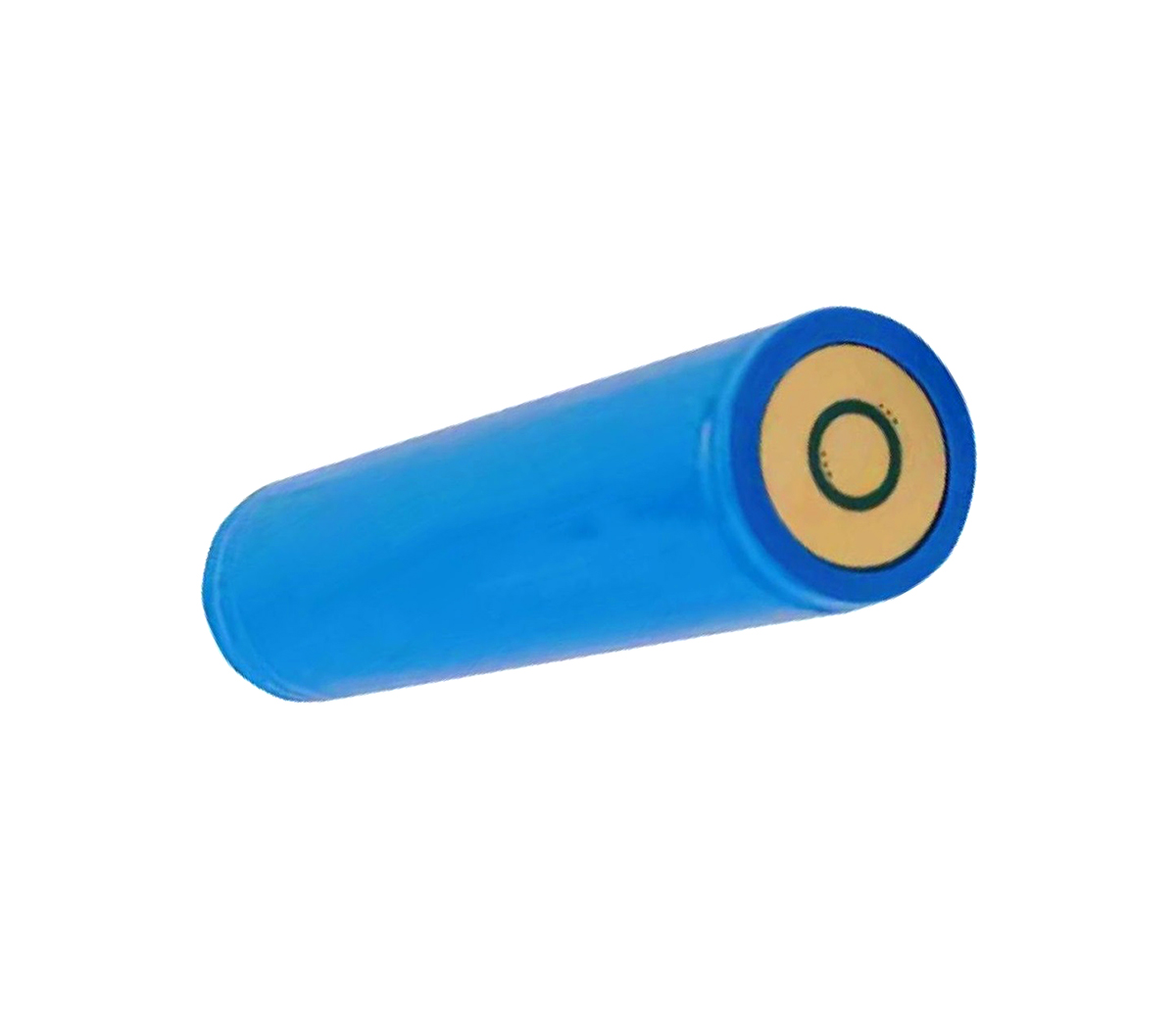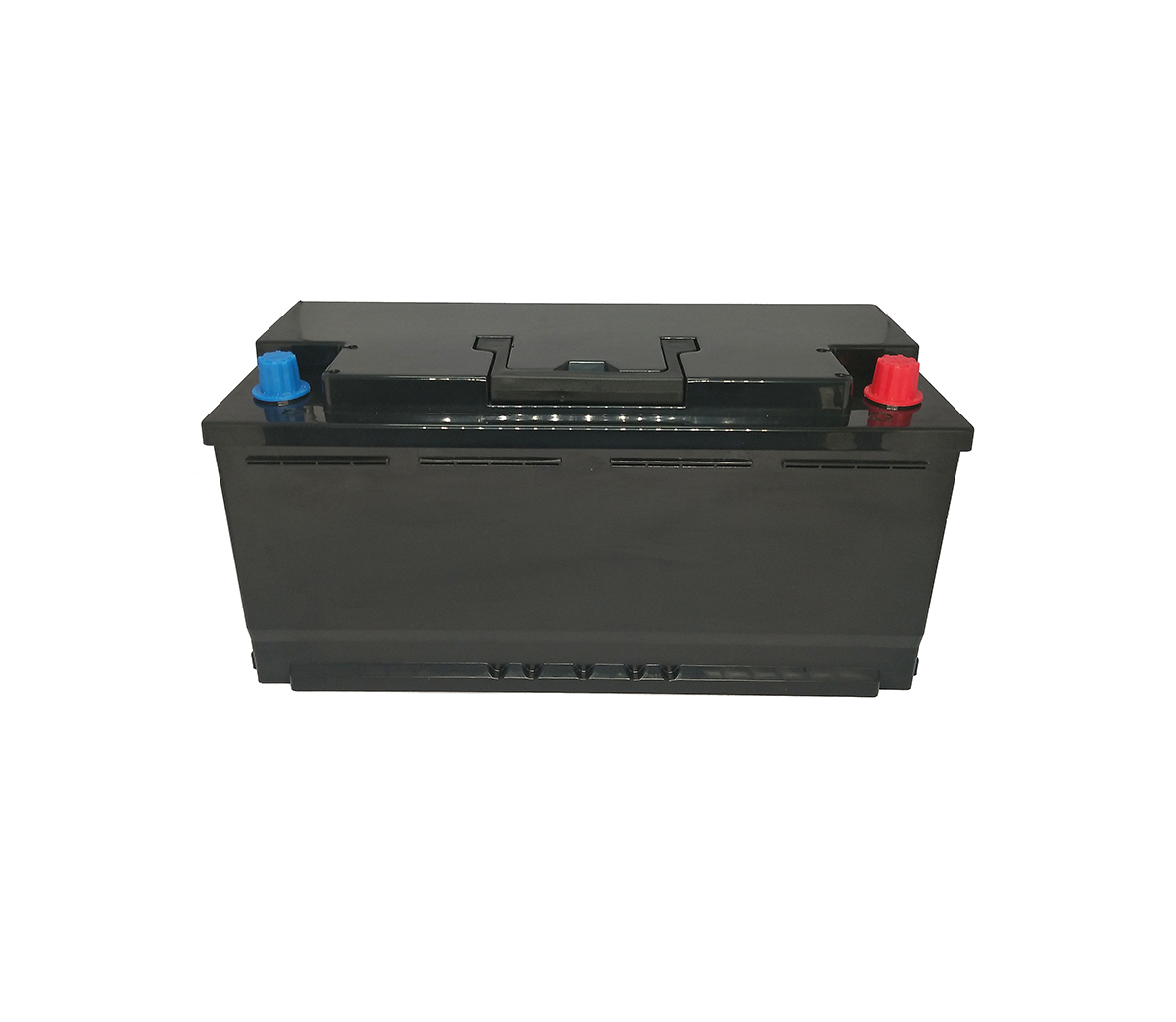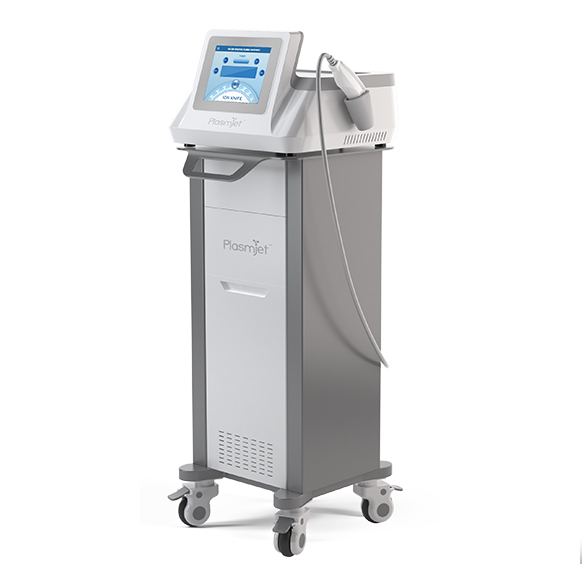A brief introduction to the patented technology of lithium battery ternary
materials
Under the hot industry trend of ternary lithium batteries, especially
high-nickel ternary, many domestic cathode material companies are facing huge
foreign patent fees in their development. Regarding this issue, the association
will hold a seminar in the near future to take countermeasures to alleviate the
cost pressure in the development of the enterprise.
A few days ago, at the Sixth Council Meeting of the Sixth Session of the
China Chemical and Physical Power Industry Association, Secretary-General Liu
Yanlong specifically emphasized the patented technology layout of lithium
battery ternary materials. He pointed out that under the hot industry trend of
ternary lithium batteries, especially high-nickel ternary, many domestic cathode
material companies are facing huge foreign patent fees in their development.
Regarding this issue, the association will hold a seminar in the near future to
take countermeasures to alleviate the cost pressure in the development of the
enterprise. So, what is the current status of the domestic lithium battery
ternary material patent technology layout? Core patents should be “overtaking on
a curve”. Professionals have conducted statistics on domestic and foreign
patents in the field of ternary materials. The results show that: First of all,
the development of domestic ternary materials started late, and basic and core
patents are lacking. There is still a big gap between companies. For example, on
November 15, 2005, 3M obtained the US patent US6964828B2 and its family of
patents CN100403585C for NiCoMn ternary material authorization, which mainly
limited the content of Ni in NiCoMn, which became the basic core patent for
ternary materials. The development of ternary materials in China’s lithium
battery industry. Secondly, the patents surrounding the modification of ternary
materials are mainly to improve the electrochemical performance, but the safety
and cost issues have not been effectively broken through. In contrast to the
rapid growth of invention patents for improving electrochemical performance, the
number of applications for the safety and cost reduction of ternary materials
has been increasing slowly. This also shows that under the condition that
R&D investment has increased significantly and battery safety is very
important, the safety and cost issues of ternary materials have not been
effectively broken. Take the invention patent "Preparation method of titanium
sol-coated modified ternary cathode material" of a domestic research institute
as an example. This invention patent modifies the ternary cathode material by
optimizing the coating process, which can effectively improve the first-time
coulomb of the material. Efficiency and discharge specific capacity, but there
is no obvious improvement in other aspects such as the cycle performance of the
material. In addition, a large amount of alcohol is used in the coating process,
which requires high process equipment and workshop conditions (explosion-proof
workshop). The recycling of alcohol also requires additional processing costs.
Based on the above analysis, Battery China.com believes that there are two
points that domestic cathode material companies need to pay attention to: First,
domestic ternary material patent applications are relatively scattered,
especially leading companies are less involved, and the overall research
atmosphere is not strong. Domestic companies need to pay attention to cathodes.
The research and development of materials and the protection of intellectual
property rights; second, there is a large room for development in the safety and
cost of ternary materials. The layout of foreign applicants is not perfect. If
domestic enterprises can increase R&D investment in these areas and master
core patents as soon as possible, it is possible to achieve "curving overtaking"
in the field of ternary materials. Patent licensing or helplessness The
consensus in the industry is that in addition to actively attaching importance
to independent research and development and protection of intellectual property
rights, domestic cathode material companies should also license patents between
companies as an option for sustainable industrial development. Battery China.com
found that the recent layout of the patents of cathode material companies is as
follows: In January 2018 and November 2017, BASF announced the award of
Ruixiang New Materials and Peking University in the lead on the
nickel-cobalt-manganese (NCM) cathode materials of the American Argonne National
Laboratory. Sub-licensing of related patents. After authorization, the two
companies can manufacture, use, sell, promise to sell, distribute and import
nickel-cobalt-manganese cathode materials in the US market. On January 29, the
Dow Chemical Company and Shanghai Huayi (Group) Company signed a technology
licensing agreement, and Dow non-exclusively authorized two core technologies of
cathode materials for lithium-ion batteries: lithium iron manganese phosphate
(LMFP) and lithium nickel Manganese Cobalt Oxide (NMC). Judging from the
above-mentioned licensing information, as domestic power battery and ternary
materials companies accelerate their entry into the international market, some
domestic ternary materials companies have to strengthen their patent layouts to
obtain relevant operating freedom and cooperate with battery customers to deal
with the harshness of foreign countries. Qualification certification. Tang
Shunguo, Chairman and General Manager of Ruixiang New Materials, stated, “We
highly respect intellectual property rights and attach importance to the patent
sub-licensing of nickel-cobalt-manganese cathode materials. This sub-license is
of great strategic significance for us and our downstream customers. " In
fact, very few domestic ternary materials companies purchase patents. There are
two main reasons: one is the high cost of patent purchases, and SMEs can hardly
afford it; second, the domestic policy is relatively loose, especially the
relevant legal system is not perfect, and some companies have a fluke mentality.
Industry insiders believe that patent licensing and patent disputes between
domestic and foreign companies will become more and more normal. Therefore,
whether domestic companies adopt patent licensing or take a detour, speeding up
patent layout is a necessary guarantee for the sustainable development of the
industry . The life and death of lithium iron phosphate enlightenment There is
no doubt that domestic ternary materials companies can eliminate the risk of
patent infringement litigation before they can become bigger and stronger on a
global scale. People who are familiar with the development of the domestic
lithium battery industry must remember the “patent invalidation case” in the
lithium iron phosphate battery industry in 2012-Canada Quebec Hydropower and
other three companies claimed to have patents for lithium iron phosphate battery
technology The company sued the China Patent Reexamination Board for
invalidation of its lithium iron phosphate battery patent technology. It is
understood that the patent application of the Canadian company covers almost all
aspects of the current lithium iron phosphate battery production technology. If
you follow this patent, most domestic battery manufacturers are infringing.
Moreover, if the foreign party wins the lawsuit, it means that if Chinese
battery manufacturers produce lithium iron phosphate batteries in the future,
they will need to pay patent fees to the patent holder. The foreign party's
asking price is also very high: a one-time payment of US$10 million in patent
entry fees or US$2500 per ton of lithium iron phosphate. Fortunately, this
patent lawsuit, which was crucial to the development of China's lithium iron
phosphate battery industry and the new energy automobile industry, ended in
failure. However, the many experiences and lessons in this lawsuit are worthy
of consideration by colleagues in the domestic lithium battery industry. Under
the current fierce development of new energy vehicles, the top-ranked
enterprises in the domestic lithium battery industry, especially the leading
enterprises aspiring to participate in the international market competition,
should use this as a lesson and deploy the core patented technology of ternary
materials in a more long-term and strategic manner. .


































